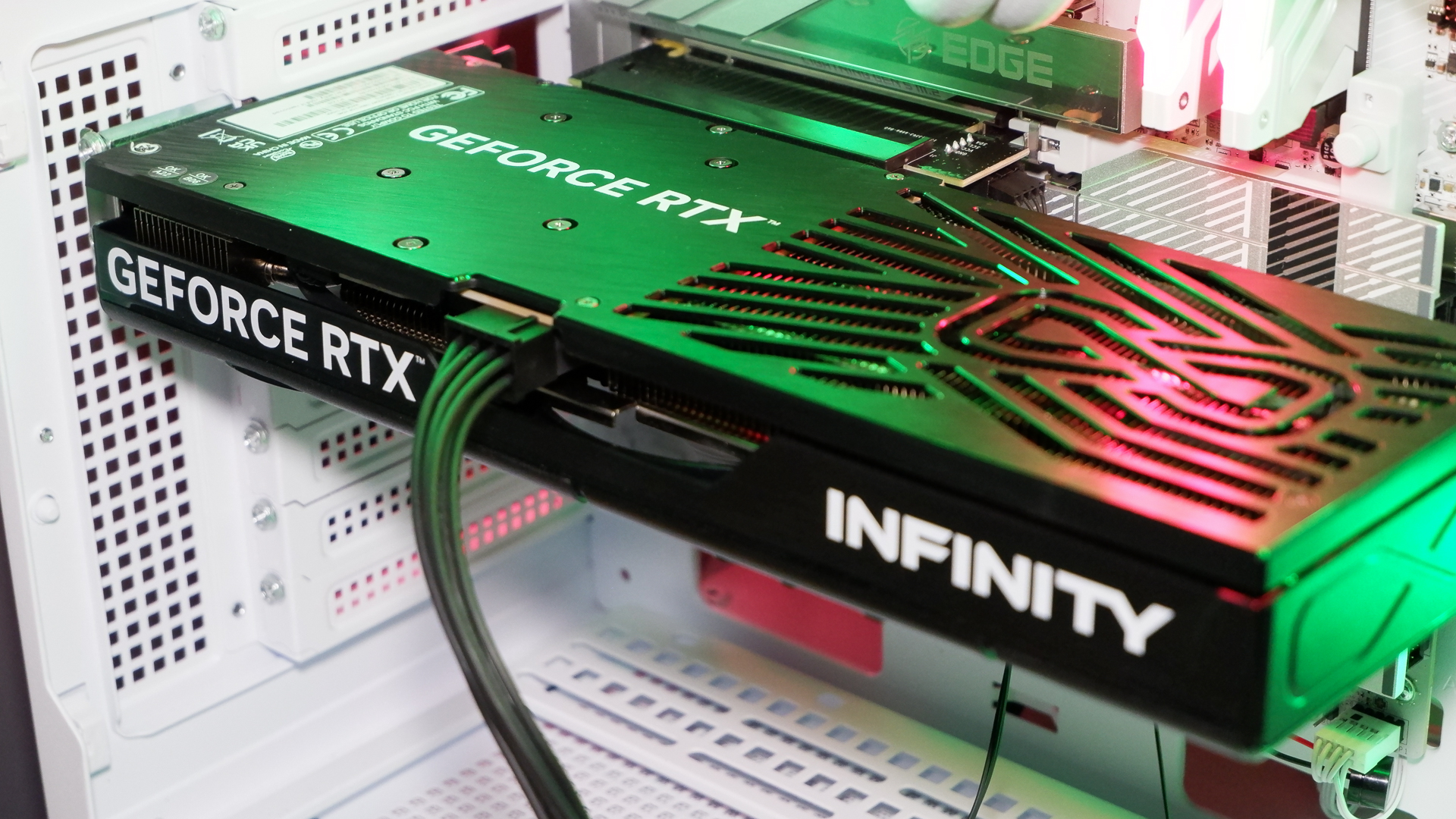Demand for 16 GB RTX 5060 Ti Surges, Outpacing 8 GB Version by 16 Times

In a striking development from Germany’s prominent electronics retailer Mindfactory, sales of the 16 GB version of Nvidia’s GeForce RTX 5060 Ti have eclipsed those of its 8 GB counterpart by an astonishing factor of 16. This significant preference among PC gamers highlights a growing trend toward higher VRAM graphics cards, despite the additional cost of €70 ($82) for the enhanced model.
The launch of the GeForce RTX 5060 Ti in April was marked by Nvidia’s unusual strategy of staggering the release of its 16 GB and 8 GB versions. The 8 GB model was delayed by a few days, and notably, Nvidia did not distribute review samples for this version. Instead, reviewers received the 16 GB cards from manufacturers like MSI and Palit. The primary distinction between the two models lies in their VRAM capacity, with the 16 GB card priced at $429 compared to the 8 GB card’s $379.
Market Dynamics and Consumer Preferences
While the sales data from Mindfactory cannot singularly define global trends, it provides a compelling snapshot of consumer preferences in a significant European market. The higher sales of the 16 GB RTX 5060 Ti suggest that gamers are increasingly prioritizing VRAM capacity, even at a premium. This trend is echoed by similar pricing structures at US retailer Newegg, although specific sales figures are not disclosed.
AMD, Nvidia’s primary competitor, has also addressed the VRAM debate. According to AMD, the continued production of 8 GB graphics cards like the Radeon RX 9060 XT is driven by “regional market demand.” AMD’s chief has argued that many gamers still play at 1080p resolution, where 8 GB of VRAM remains sufficient. However, Mindfactory’s sales figures challenge this assertion, at least in the context of more advanced gaming setups.
Historical Context and Industry Shifts
The debate over VRAM capacity is not new. The first graphics cards to feature 8 GB of VRAM, such as the AMD Radeon R9 390 and Nvidia GeForce GTX 1080, were launched in 2015 and 2016, respectively. At the time, these were considered high-end products. Fast forward nearly a decade, and the gaming landscape has evolved significantly, with higher resolutions and more demanding games becoming the norm.
Mindfactory’s sales data suggests that today’s gamers are unwilling to settle for what was once deemed adequate. The RTX 5060 Ti, positioned as a mid-range to high-end option, is not viewed as an entry-level card where lower VRAM might be more acceptable. This shift in consumer expectations is likely to influence future product offerings from GPU manufacturers.
Future Implications for the GPU Market
The strong preference for the 16 GB RTX 5060 Ti could prompt Nvidia and AMD to reconsider their strategies in markets like the EU, UK, and US, where gamers appear more willing to invest in higher VRAM capacities. However, the persistence of 8 GB models in prebuilt PCs suggests that these versions will not disappear entirely from the market.
As the gaming industry continues to advance, the demand for more powerful hardware will likely increase. This trend could lead to a gradual phasing out of lower VRAM models in favor of more robust options. However, economic factors and regional market demands will continue to play a crucial role in shaping the availability and pricing of these products.
Ultimately, the buying habits of PC gamers may drive GPU vendors to adapt, potentially leading to a new standard in graphics card offerings. Whether this will result in more affordable options for consumers remains to be seen, but the current sales figures indicate a clear shift toward more capable hardware.





